
Free Domestic & International Shipping for All Orders Over $250 Shop Now
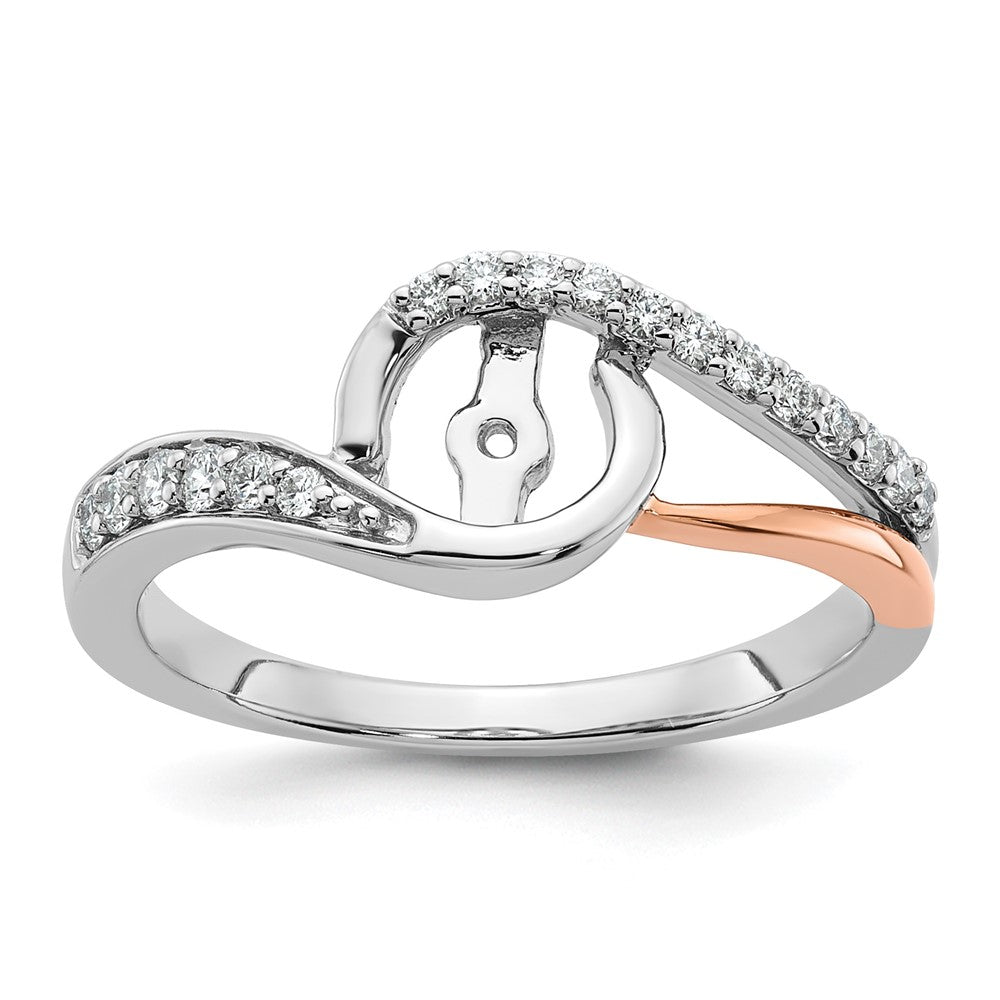
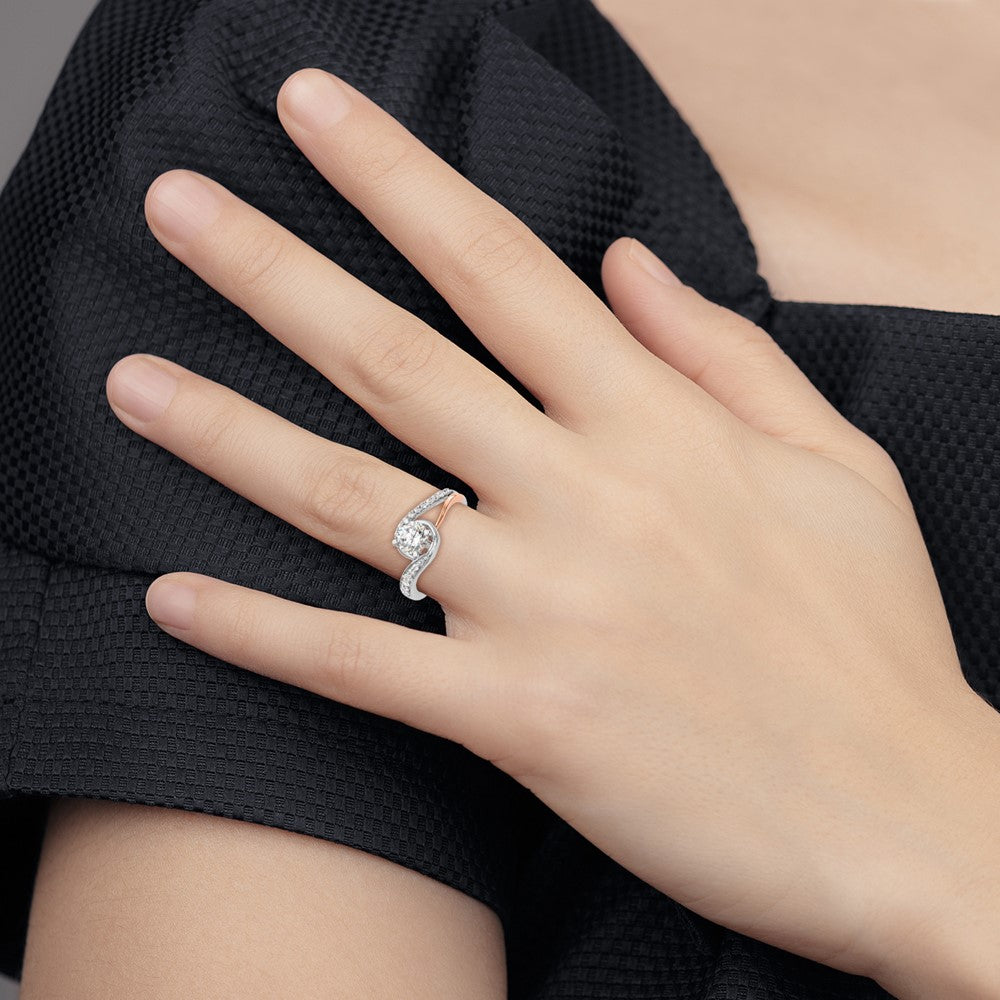
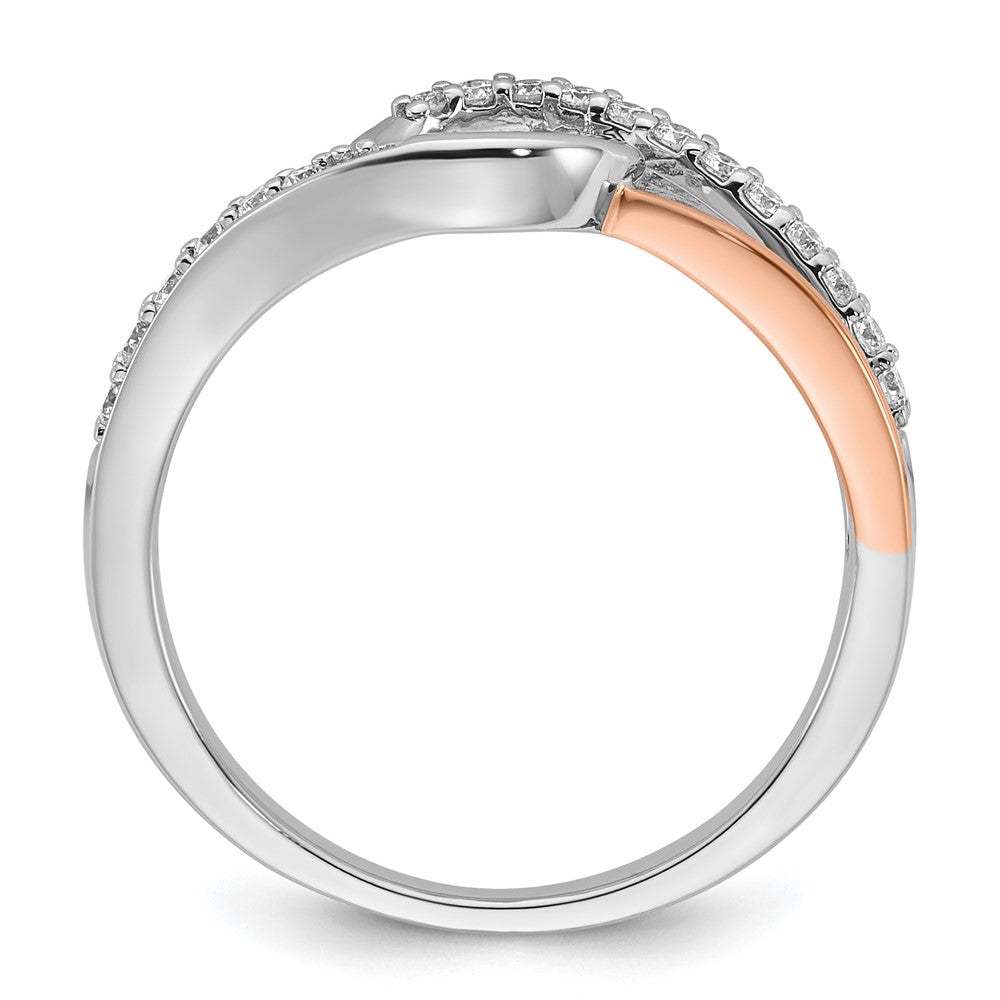
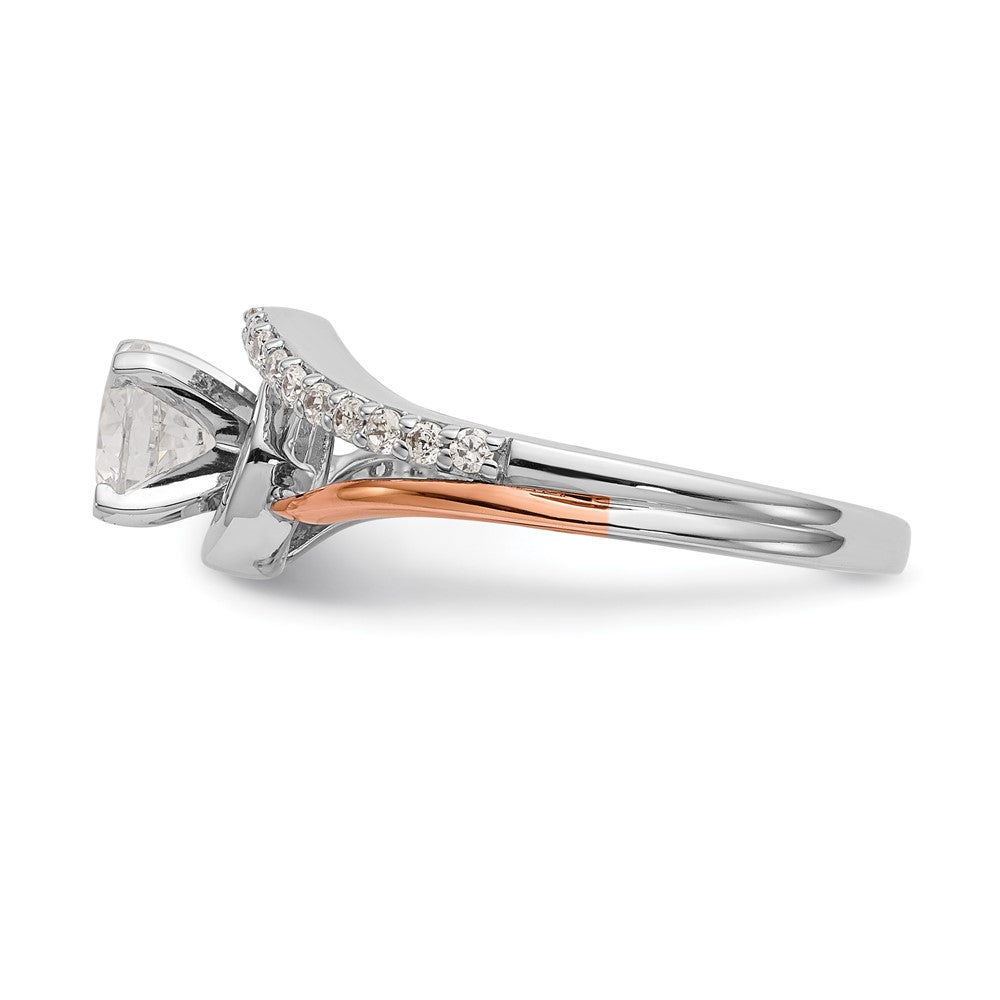
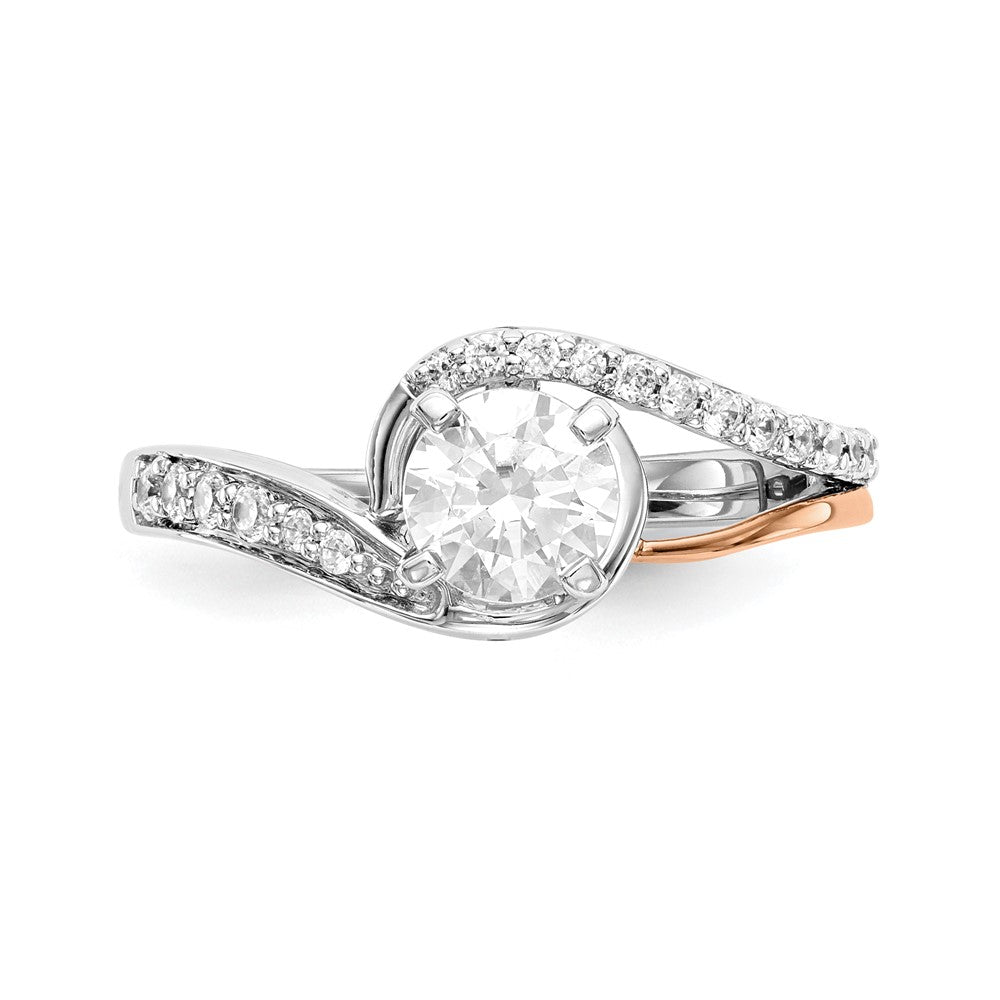
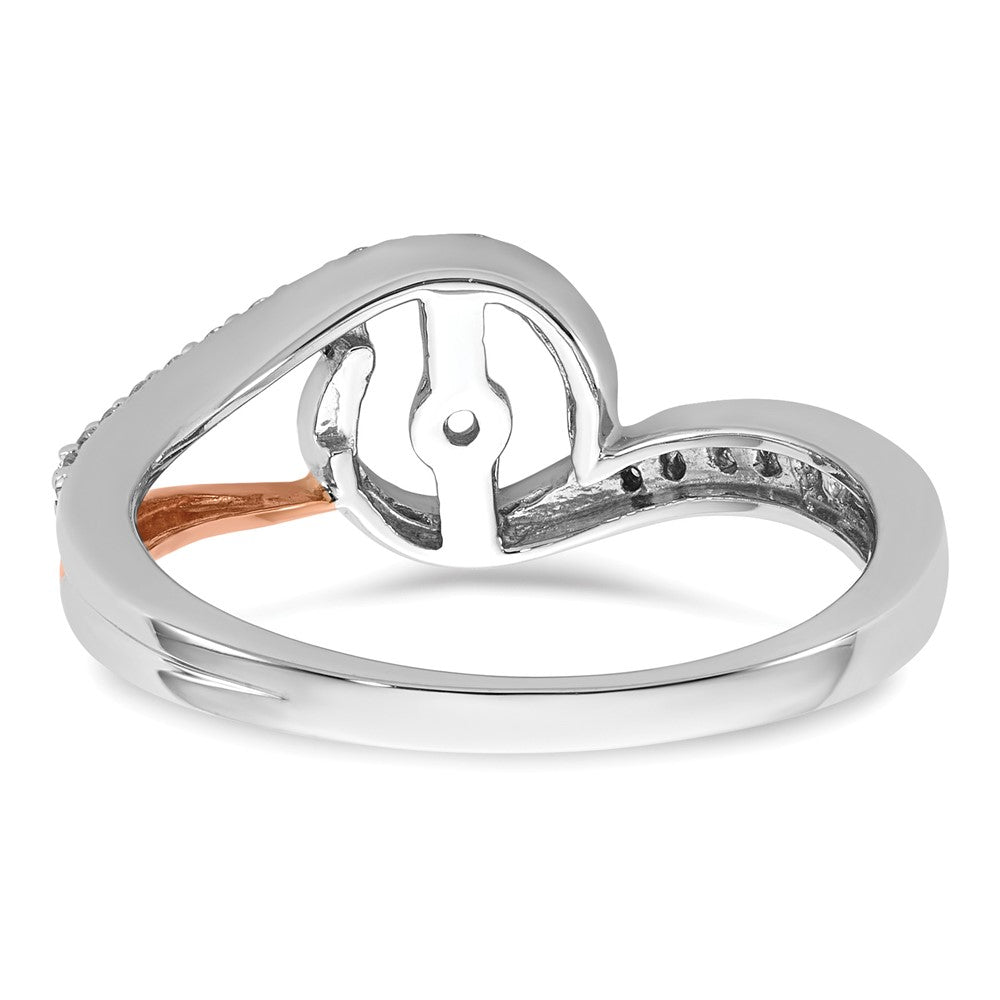
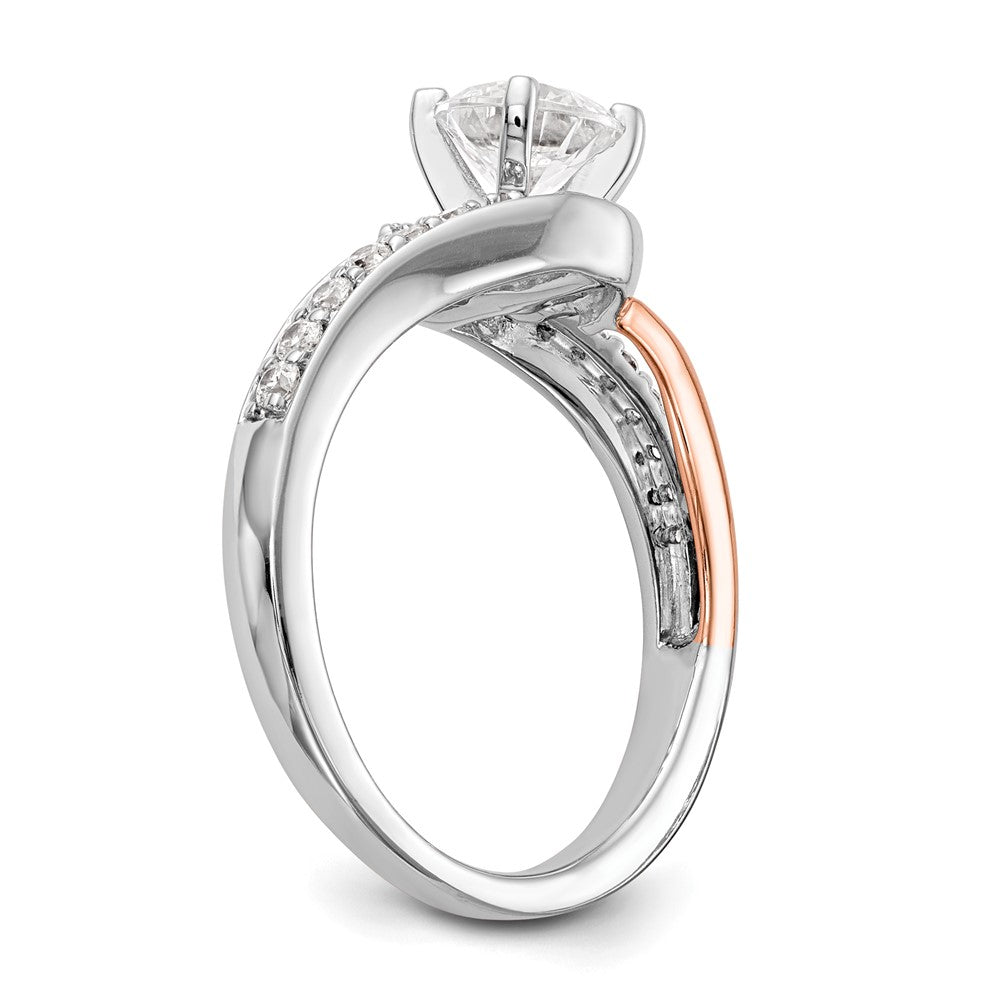
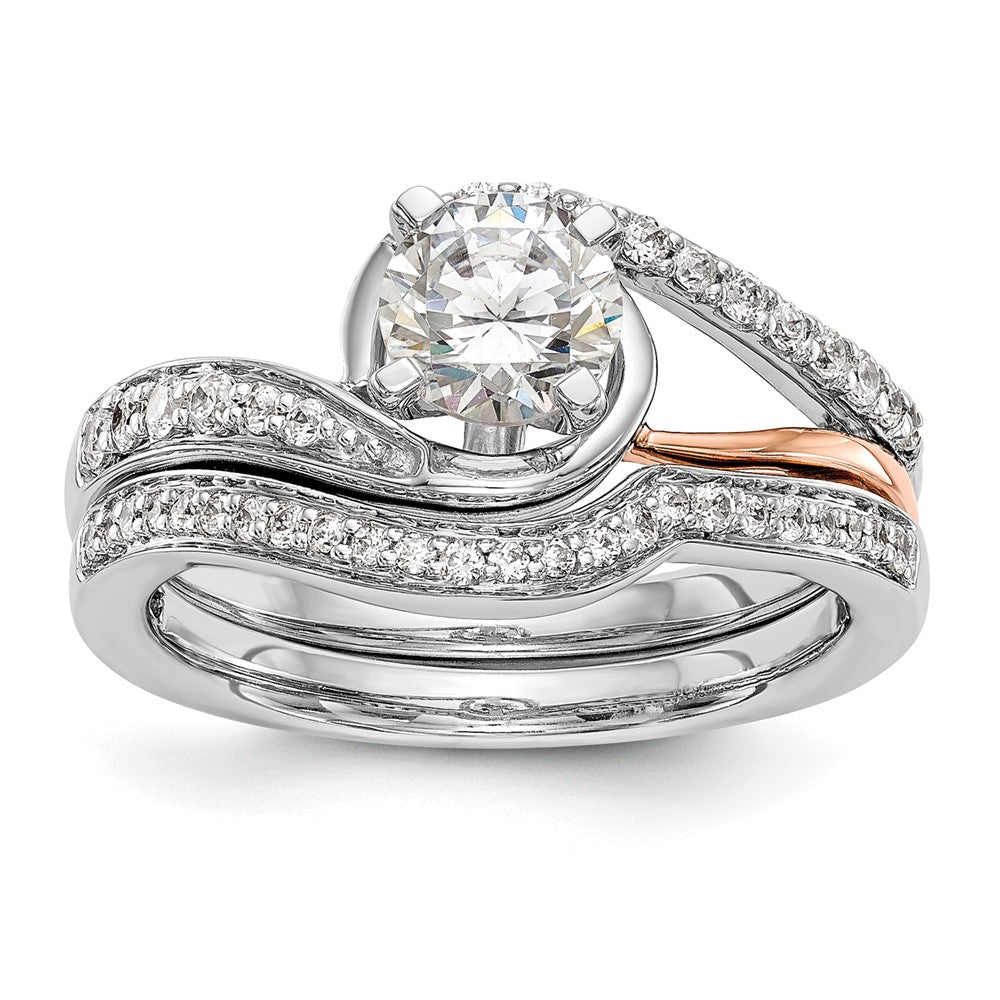
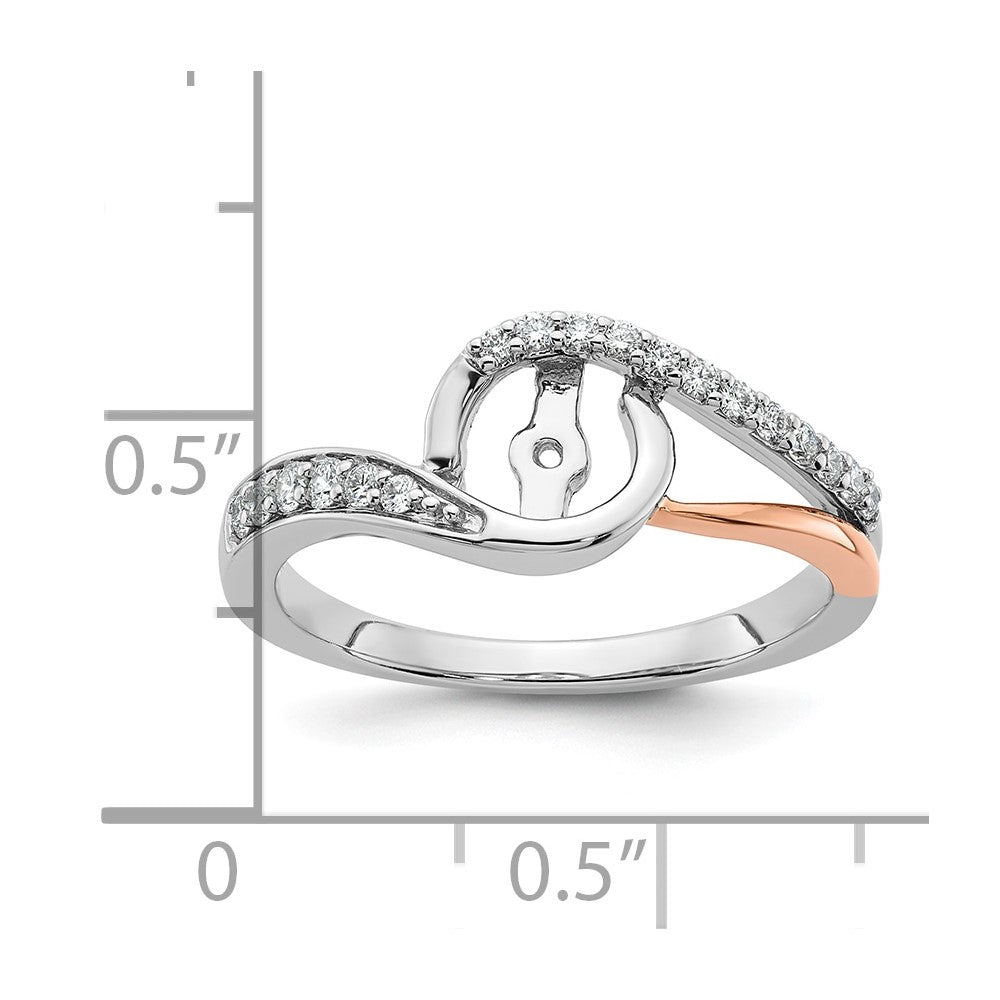
Introducing the 14k Two-Tone Rose and White Gold Engagement Ring, a blend of elegance and style. Crafted from gleaming 14-karat gold, this ring features lab-grown diamonds and delivers breathtaking sparkle. A semi-mount peg set design allows for center stone customizations, making it unique to you. With a mix of polished rose and white gold, this piece captures a modern yet timeless look. The round diamonds rated VS/SI clarity add superior shine to this symbol of love and commitment. Shine bright with the 14k Two-Tone Rose and White Gold Engagement Ring, your perfect choice for a lifelong promise.
SKU: RM2452E-020-WRLG
UPC: None
Precious Metal Type: 14k Two-tone
Weight: 2.64 gm
Diamond Weight: 0.182 gm
What Are Lab-Created Diamonds?
Lab-created diamonds are an exceptional blend of science and craftsmanship. While natural diamonds are formed deep within the earth over billions of years, lab-created diamonds are grown in controlled environments using advanced technology that replicates the natural process. By applying extreme heat and pressure, these diamonds are fully formed within weeks to months. Since they can be produced in abundance, lab-created diamonds are typically more affordable, making larger diamonds more accessible. However, their abundance may affect their long-term value.
Are lab-created diamonds the same as natural diamonds?
Lab-created diamonds share the same optical, physical, and chemical properties as natural diamonds. The primary difference lies in their origin and the time taken to form.
Is a lab-created diamond better?
Both lab-created and natural diamonds vary in grading. Lab-created diamonds often allow buyers to maximize their budget, offering more size for the same cost. Natural diamonds, however, are celebrated as unique works of nature.
Where do lab-created diamonds come from?
Lab-created diamonds are formed in laboratories using advanced technology. A diamond seed—a tiny carbon crystal—is exposed to high heat and pressure with a carbon coating to grow into a larger diamond crystal.
Are lab-created diamonds or natural diamonds higher quality?
Neither type is inherently higher quality, as both are available in a range of colors, cuts, clarity, and carat weights.
Can a trained eye distinguish lab-created from natural diamonds?
Because lab-created diamonds share the same optical, chemical, and physical characteristics as natural diamonds, they cannot be distinguished even under 10x magnification.
Finish: Polished
Stone Quantity_1: 4
Stone Shape_1: Round
Stone Size_1: 1.6 mm
What Are Lab-Created Diamonds?
Lab-created diamonds are an exceptional blend of science and craftsmanship. While natural diamonds are formed deep within the earth over billions of years, lab-created diamonds are grown in controlled environments using advanced technology that replicates the natural process. By applying extreme heat and pressure, these diamonds are fully formed within weeks to months. Since they can be produced in abundance, lab-created diamonds are typically more affordable, making larger diamonds more accessible. However, their abundance may affect their long-term value.
Are lab-created diamonds the same as natural diamonds?
Lab-created diamonds share the same optical, physical, and chemical properties as natural diamonds. The primary difference lies in their origin and the time taken to form.
Is a lab-created diamond better?
Both lab-created and natural diamonds vary in grading. Lab-created diamonds often allow buyers to maximize their budget, offering more size for the same cost. Natural diamonds, however, are celebrated as unique works of nature.
Where do lab-created diamonds come from?
Lab-created diamonds are formed in laboratories using advanced technology. A diamond seed—a tiny carbon crystal—is exposed to high heat and pressure with a carbon coating to grow into a larger diamond crystal.
Are lab-created diamonds or natural diamonds higher quality?
Neither type is inherently higher quality, as both are available in a range of colors, cuts, clarity, and carat weights.
Can a trained eye distinguish lab-created from natural diamonds?
Because lab-created diamonds share the same optical, chemical, and physical characteristics as natural diamonds, they cannot be distinguished even under 10x magnification.